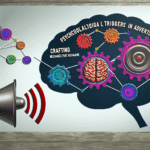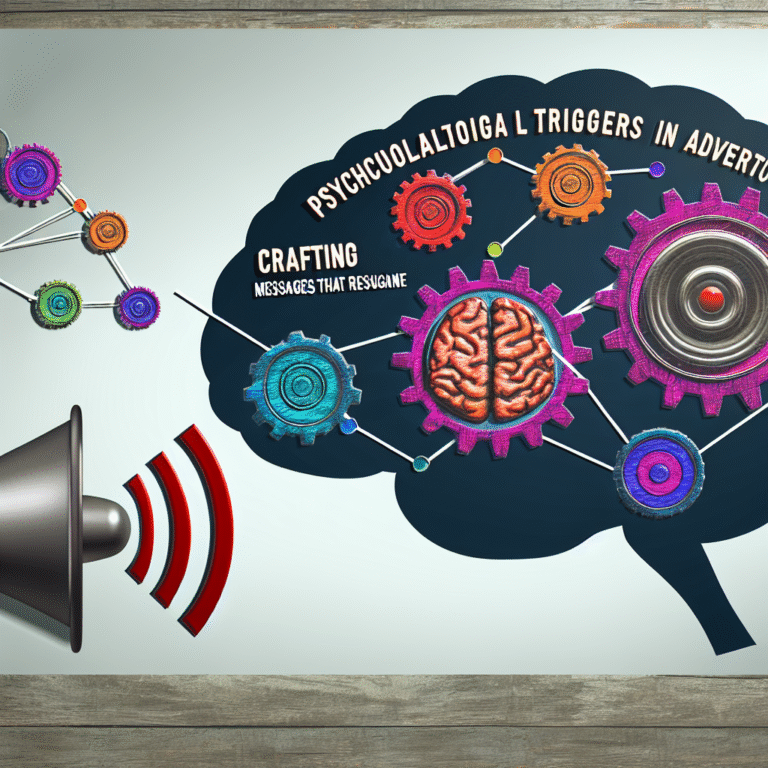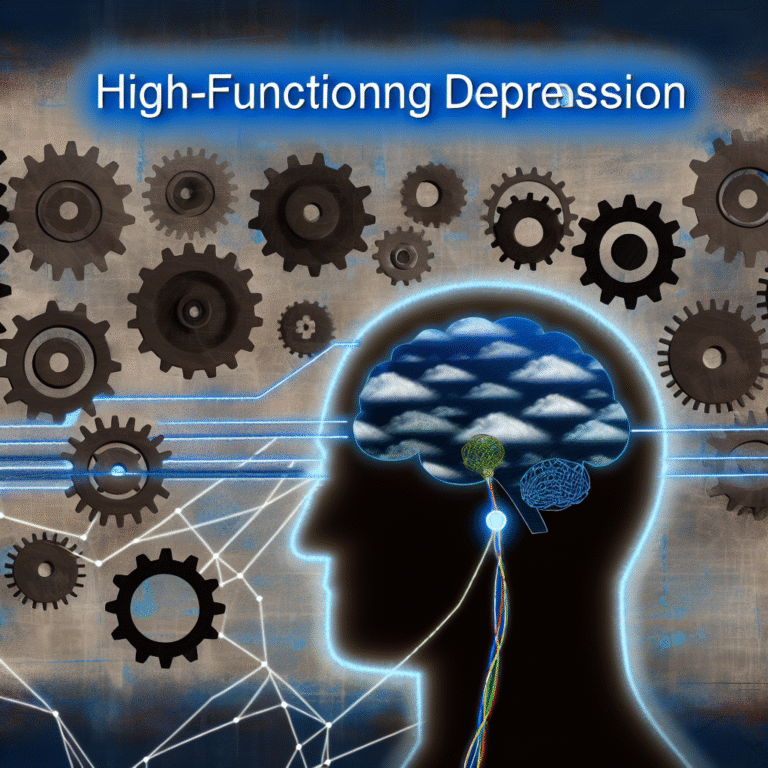
Introduction: Unveiling the Essence of Holistic Education
In today’s rapidly evolving world, the focus on education has transcended traditional academic measures. While knowledge is still vital, the significance of emotional intelligence, social skills, and mental well-being has emerged as a central element in modern pedagogy. The heart of education lies in recognizing the imperative role that Social and Emotional Learning (SEL) plays within the curriculum. This isn’t just an add-on but an essential framework for facilitating holistic learning.
Imagine a classroom where students are not only excelling academically but are also emotionally resilient, socially aware, and equipped with skills necessary to navigate life’s challenges. This ideal educational landscape embodies the transformative power of integrating SEL into various subjects, thus fostering a generation that is not only knowledgeable but also empathetic, collaborative, and self-aware.
Throughout this article, we will delve deeply into the heart of education: integrating SEL into the curriculum for holistic learning. We will explore practical strategies, real-world case studies, and actionable insights that illuminate the path forward.
The Foundations of Social and Emotional Learning
What is SEL?
Social and Emotional Learning (SEL) encompasses the processes through which children and adults understand and manage emotions, set and achieve positive goals, feel and show empathy for others, establish and maintain positive relationships, and make responsible decisions. The Collaborative for Academic, Social, and Emotional Learning (CASEL) identifies five core competencies that frame the SEL experience:
- Self-awareness
- Self-management
- Social awareness
- Relationship skills
- Responsible decision-making
Why SEL Matters
Research indicates that incorporating SEL not only nurtures critical life skills but also enhances academic performance. A study revealed that students receiving effective SEL instruction demonstrated an 11% improvement in academic achievement compared to their peers.
The heart of education is most palpably felt when students experience an integrated approach, tying emotional learning to their academic pursuits. By fostering SEL, schools can create safe, caring environments that support personalized learning and mental health.
Integrating SEL: A Multi-Faceted Approach
1. Curriculum Design: The Blueprint for Integration
To weave SEL into the fabric of education, teachers must thoughtfully design curricula that include SEL principles within various subjects. This doesn’t simply mean adding separate SEL lessons but rather embedding these principles into existing frameworks.
Example: Literature and SEL
When studying literature, educators can prompt discussions that touch on emotional experiences of characters, thereby enhancing students’ empathy and social awareness. For instance, analyzing a character’s motivations can facilitate conversations about self-management and relationship skills.
| Literature Theme | Related SEL Competence |
|---|---|
| Empathy | Social Awareness |
| Conflict Resolution | Responsible Decision-Making |
2. Classroom Environment: Cultivating a Safe Space
The classroom climate plays a pivotal role in facilitating SEL. Creating an environment that is safe and supportive encourages students to express themselves openly and develop essential relationships with peers.
Case Study: The Reggio Emilia Approach
One successful example of integrating SEL is found in the Reggio Emilia educational philosophy, which emphasizes a child-centered approach that respects children’s emotional contexts. In a Reggio Emilia-inspired classroom, children are encouraged to collaborate, engage in group projects, and express their feelings through artistic endeavors, illustrating the harmonious blend of SEL with holistic learning.
Analysis: The Reggio Emilia approach underscores the importance of respect and collaboration, proving that an emotionally supportive environment cultivates both academic and social skills.
3. Professional Development: Training Educators as SEL Champions
To effectively integrate SEL into the curriculum, educators need specialized training that focuses on both the principles of SEL and practical teaching strategies. Professional development opportunities should include workshops, resources, and collaborations that equip teachers with the necessary skills and tools.
Case Study: The SEL Institute
Institutions, such as the SEL Institute, offer extensive training programs that prepare educators to implement SEL in their classrooms. Their model combines direct instruction alongside hands-on practice, ensuring teachers are not only knowledgeable but also comfortable applying these concepts.
Analysis: This case highlights how investing in educator training can have a transformative impact on student experiences and outcomes.
Measuring Impact: Evaluating SEL Integration
Assessment Tools and Strategies
Measuring the effectiveness of Integrated SEL programs is crucial. Schools can use various metrics, including student surveys, academic performance, and behavioral observations.
Chart: Key Metrics for SEL Assessment
| Assessment Method | Purpose |
|---|---|
| Surveys | Gauge student emotional states |
| Academic Performance | Correlate SEL with grades |
| Behavioral Observations | Monitor social interactions |
By using these assessment methods, schools will be able to adjust and refine their SEL practices, ensuring long-term success for their holistic educational goals.
Overcoming Challenges: Addressing Common Concerns
1. Time Constraints in the Curriculum
Concern: Many educators feel that there isn’t enough time in the curriculum to incorporate SEL.
Solution: Integrating SEL does not require a separate unit; instead, it can be embedded within existing subjects, thereby maximizing time and enhancing overall learning.
2. Resistance from Stakeholders
Concern: Some stakeholders may be skeptical about the efficacy of SEL programs.
Solution: Presenting data and case studies can illustrate the tangible benefits that SEL brings, aiding in garnering support from parents, faculty, and administration.
3. Lack of Resources
Concern: Schools may have limited access to SEL materials or programs.
Solution: Leverage free resources and community partnerships; numerous organizations provide valuable SEL curricula and training.
4. Insufficient Teacher Training
Concern: Educators may not feel equipped to teach SEL effectively.
Solution: Focus on ongoing professional development and peer learning communities that can provide consistent support and resources.
5. Variability in Student Needs
Concern: Students come with varied emotional backgrounds and learning needs.
Solution: Implementing differentiated instruction and personalized learning approaches ensures that every student benefits from the integrated SEL curriculum.
Conclusion: The Journey Towards Transformative Education
In conclusion, the heart of education—integrating SEL into the curriculum for holistic learning—constitutes a vital shift towards creating well-rounded individuals who are both academically accomplished and emotionally intelligent. By instilling SEL principles, educators not only prepare students for academic challenges but also for the emotional and social complexities of life.
The roadmap ahead may not always be clear, but the commitment to fostering an integrated approach brings us closer to an educational paradigm that serves the whole child. As we continue to advocate for these essential changes, let us encourage one another to take actionable steps in our classrooms, thus paving the way for generations to thrive.
FAQs
1. What is Social and Emotional Learning (SEL)?
SEL refers to the processes through which individuals learn to understand, manage emotions, set goals, show empathy, maintain relationships, and make responsible decisions.
2. Why is integrating SEL into the curriculum important?
Integrating SEL fosters emotional intelligence, enhances academic performance, and prepares students for real-world challenges, contributing to holistic learning.
3. How can teachers integrate SEL within existing curricula?
Teachers can embed SEL principles within lessons by facilitating discussions, employing role-playing activities, and using literature and collaborative projects to enhance social and emotional competencies.
4. How can SEL impact academic performance?
Studies have shown that effective SEL programs can lead to improved academic achievement, with students exhibiting greater focus, cooperation, and motivation.
5. What resources are available for schools looking to implement SEL?
Numerous organizations and online platforms provide resources, curricula, and professional development opportunities focused explicitly on SEL practices.
The heart of education beats strongest when we choose to cultivate not just minds, but hearts and souls—bringing joy, resilience, and profound understanding to the learning journey.















